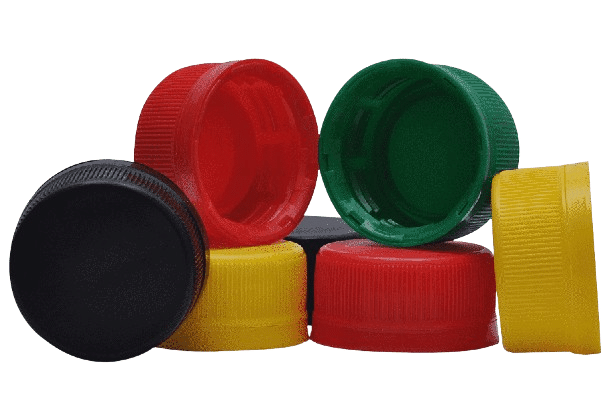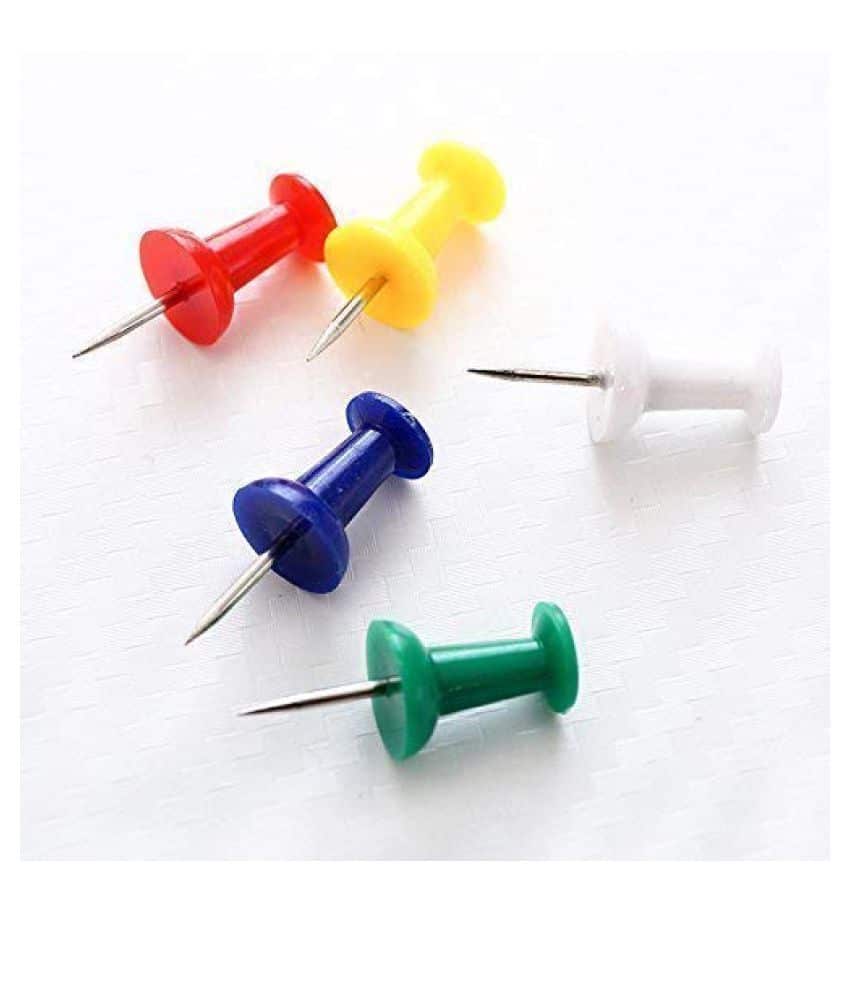Have you ever wondered, How long is 1 inch? or How big is 1 inch? This seemingly simple question opens up a world of everyday objects hiding in plain sight. From the standard American coins jingling in your pocket to the soft drink in your hand, we’re surrounded by 1-inch-long objects.
Let’s embark on a journey through the realm of small measurements and discover the surprising precision of common 1 inch objects.
The Inch: A Quick Primer
Before we dive into our list of inch-long wonders, let’s get a grip on what an inch actually is. The inch, a standard American unit of measurement, has a rich history dating back to ancient civilizations. Today, it’s defined as exactly 2.54 centimeters.
But how can we visualize 1 inch? Imagine the width of a postage stamp or the length of a honeybee. These everyday comparisons help us grasp this small yet significant measurement.
1 Inch Quick Conversion Table:
| Unit | Equivalent to 1 inch |
|---|---|
| Centimeters | 2.54 cm |
| Millimeters | 25.4 mm |
| Feet | 1/12 ft |
| Yards | 1/36 yd |
This table provides a handy reference for 1 inch to cm conversions and other common units. Understanding these conversions is essential for anyone working in fields requiring precise measurements, such as construction, tailoring, and engineering.
Measuring 1 inch Without a Ruler: Everyday Hacks
Sometimes, you need to measure 1 inch without a ruler. Fear not! Your body and surroundings offer several clever solutions for estimating one inch.
Using Body Parts to Measure 1 Inch
- The Knuckle Method: For many adults, the length of the top knuckle of the index finger is about an inch.
- The Thumb Trick: The width of an adult thumb at the base of the nail is roughly an inch for many people.
Common Objects as Makeshift Rulers
- Dollar Bill: The width of a U.S. dollar bill is 2.61 inches. When folded in half lengthwise, it measures 1.305 inches. While not an exact 1-inch ruler, it offers a handy visual reference for estimating smaller measurements.
- Credit Card: The width of a standard credit card is 2.125 inches. While this is not exactly an inch, it serves as a useful reference for approximating sizes in everyday scenarios.
Tech Solutions for Measuring in Inches
In our digital age, your smartphone can double as a versatile measuring tool. Here’s how:
- Built-In Measuring Apps: Many modern smartphones come equipped with apps that utilize the camera’s advanced technology to gauge distances and dimensions.
- Augmented Reality (AR) Features: These apps allow you to point your camera at an object and see measurements overlaid on your screen.
- Accuracy Considerations:
- While these apps are not always 100% accurate, they provide a quick way to visualize 1 inch and other small measurements.
- Some apps allow for calibration, enhancing accuracy based on your device’s specifications.
Popular Measuring Apps and Practical Applications
Consider using these popular measuring apps for your measuring needs:
- Apple’s Measure App:
- Available for iPhone users, this app lets you measure objects and spaces effortlessly.
- Simply align your phone with the starting point of the measurement and tap the screen to capture the length.
- Google Measure:
- Android users can utilize Google Measure, allowing you to measure the length and height of objects using AR technology.
- Third-Party Options:
- Numerous third-party apps are available on both platforms, offering features like area measurement, level tools, and object recognition.
Practical Applications:
- Quick Measurements: Imagine needing to measure a piece of furniture or ensuring a picture frame fits perfectly on your wall.
- With just a few taps, you can quickly estimate dimensions without reaching for a tape measure.
- Ideal for DIY Projects: This flexibility makes smartphone measuring apps especially useful for DIY projects, interior design, and crafting.
- Visual Representations: Some apps provide visual representations of measurements, displaying how an object compares to common items.
- This feature is particularly helpful for understanding 1 inch in context, such as comparing it to a credit card or a standard paper clip.
Embrace these tech solutions for measuring in inches as they seamlessly blend convenience and technology, making everyday tasks simpler and more efficient!
11 Surprising 1 Inch Wonders: Examples of 1 Inch
Now, let’s explore our list of common objects that are 1 inch long. Each of these items has its own story and significance beyond just its size, providing excellent visual representations of 1 inch.
1. The Humble Paper Clip

Paper clips, those ubiquitous office supplies, typically measure about an inch in length. But did you know their design has remained largely unchanged since their invention in the late 19th century?
Fun Fact: The largest paper clip sculpture, built in Oslo, Norway, stands at 65.6 feet tall!
2. Bottle Cap Precision

The caps of most soft drink bottle caps measure almost exactly one inch in diameter. This standardization isn’t just coincidence – it ensures compatibility across bottling systems worldwide.
Case Study: Coca-Cola’s Switch to Plastic Caps
In 2011, Coca-Cola began transitioning from aluminum to plastic bottle caps. Despite the material change, they maintained the one-inch diameter, showcasing the importance of this standard in the industry.
3. The Perfect Virginia Peanut

The Virginia peanut, also known as the “ballpark peanut,” typically measures about an inch in length. These larger peanuts are prized for their flavor and are often used in gourmet snacks, making them an excellent example of 1 inch in the culinary world.
Peanut Size Comparison Table
| Peanut Type | Average Length |
|---|---|
| Virginia | 1 inch |
| Spanish | 0.5 inch |
| Valencia | 0.75 inch |
| Runner | 0.7 inch |
4. Quarters: More Than Just Currency

The diameter of a US quarter is precisely 0.955 inches – just a hair under an inch. This near-inch size makes quarters a handy tool for visualizing 1 inch or making quick measurements.
“In God We Trust, All Others Pay Cash” – Jean Shepherd
This famous quote, often found on novelty items, plays on the inscription found on US coins, including the quarter.
5. Sewing Pins: Tiny Tools, Big Impact
Sewing pins typically range from 1 to 2 inches in length, with many standard pins hitting that 1-inch mark. These small tools play a crucial role in the textile industry and home crafting, providing an excellent example of 1 inch in everyday use.
- Types of Sewing Pins:
- Glass Head Pins: Often 1 inch long, with colorful glass heads for easy visibility.
- Quilting Pins: Usually 1.25 to 1.5 inches for working with thicker fabrics, ensuring stability in quilting projects.
- Silk Pins: Extra-fine pins that are often 1 inch long, ideal for delicate fabrics and precision work.
6. Thumb Wars: Nature’s 1 inch Ruler

For many adults, the adult thumb from the knuckle to the tip measures close to an inch. This natural “ruler” has been used for quick estimations for centuries, making it a convenient way to measure an inch without tools.
Interesting Tidbit: The use of body parts for measurement dates back to ancient civilizations. The Egyptian cubit, for instance, was based on the length of the forearm.
7. Ctrl+Measure: Keyboard 1 Inch Key Dimensions

The HP keyboard key size, particularly the control key, on many standard keyboards measures about an inch wide. This standardization in key size helps maintain typing efficiency across different keyboard models.
Ergonomic Insight: The one-inch key size is part of a carefully designed system to reduce strain and increase typing speed. Larger or smaller keys can disrupt muscle memory and lead to errors.
8. Push Pins: Office Staples

Most push pins typically have a head diameter of about 0.5 inches, not 1 inch. This size provides enough surface area for easy pushing while remaining compact. Push pins are an essential tool in offices and classrooms for securing notes, reminders, and various papers on bulletin boards.
Historical Note: The push pin was invented in 1900 by Edwin Moore, who sold them out of a small shop in Newark, New Jersey.
9. Rolling the Dice on Measurements

A standard American die cube measures 0.75 inches on each side, making its diagonal length approximately 1.06 inches. This precision is crucial for fair gameplay in casinos and board games alike. Dice manufacturing adheres to strict quality standards, ensuring uniformity for a fair gaming experience.
Casino Standards: In Las Vegas, dice are manufactured to a tolerance of 0.0005 inches, ensuring fairness in high-stakes games.
10. Sugar Cubes: Sweet Precision

A typical sugar cube measures just about one inch on each side. This uniform size allows for precise sweetening in recipes and beverages, offering a sweet example of 1 inch in the kitchen.
Sugar Cube History: The sugar cube was invented in 1840 by Jakub Kryštof Rad in Moravia (now part of the Czech Republic).
11. Military Coins: Pocket-Sized Tradition

Many military coins, commonly referred to as challenge coins, measure about 1.5 to 2 inches in diameter. While not precisely 1 inch, they serve as meaningful tokens representing membership and camaraderie among service members. These coins often carry unique designs and inscriptions, highlighting their significance within military culture.
The Science of Small Measurements (1 INCH)
The consistency of these everyday items 1 inch in size isn’t just happenstance. It’s the result of precise manufacturing processes and quality control measures.
Precision Tools
Industries use tools like micrometers and laser scanners to ensure products meet exact specifications. For instance, the US Mint uses advanced imaging systems to check every coin for defects and ensure proper sizing.
Material Matters
The materials used can affect an object’s size consistency. Metal objects like coins maintain their size better than organic materials like peanuts, which can vary slightly due to growing conditions.
DIY: Create Your Own 1 Inch Perfect Reference Tool
Why not create your own inch length reference tool? Here’s a simple project to help you visualize 1 inch:
Materials Needed:
- Stiff cardboard or plastic
- Ruler
- Marker
- Scissors
Steps:
- Cut a strip of cardboard or plastic about 1.5 inches wide and 6 inches long.
- Using a ruler, mark off 1-inch increments.
- Label each increment clearly.
- For extra durability, consider laminating your DIY ruler.
This homemade tool can be a fun way to teach kids about measuring in inches or keep handy in your wallet for quick reference.
Conclusion: 1 Inch in Our Everyday Lives
From the Virginia peanut in your snack bowl to the military coins commemorating service, 1-inch-long items surround us. This exploration shows how a simple unit of measurement connects various aspects of our lives, from cuisine to currency.
The next time someone asks, “How long is one inch?” you’ll have a wealth of examples at your fingertips. More importantly, you’ll have a deeper appreciation for the precision and standardization that shapes our world, even in the smallest ways.
So, keep your eyes open and your paper clips handy – you never know when you might need to compare one inch or make a quick measurement!
FAQs
Q: How accurate are these everyday measurements?
A: While objects like coins and dice are manufactured to precise specifications, natural items like peanuts or thumbs can vary. For exact measurements, always use a calibrated measuring tool.
Q: Why do we still use inches in some industries?
A: The inch remains common in many English-speaking countries, especially in manufacturing and construction. Its historical use and the cost of changing established systems contribute to its continued relevance.
Q: Can environmental factors affect the size of these objects?
A: Yes, particularly for organic materials. Temperature and humidity can cause slight expansions or contractions in some materials, which is why precision measurements often specify environmental conditions.
Q: How does the metric system compare to inches?
A: The metric system is based on powers of 10, making it easier for scientific calculations. One inch is exactly 2.54 centimeters in the metric system. Many countries use both systems, depending on the context.
Remember, whether you’re crafting, cooking, or just curious about small measurements, understanding common measurements enriches our interaction with the world around us. So next time you pop open a soft drink or jot down a note with a push pin, take a moment to appreciate the inch-perfect design in your hands!
You May Also Read: 10 Common Things That Are 3 Inches Long

JJ Smith is the experienced blogger behind DIMENSIONS VISTA, turning everyday questions about item sizes and measurements into engaging, easy-to-understand content. With a passion for detail, He simplifies complex concepts and makes them relatable. Whether you’re curious about product specs or need practical insights, JJ’s posts offer approachable guidance to help you navigate the world of dimensions with ease.







